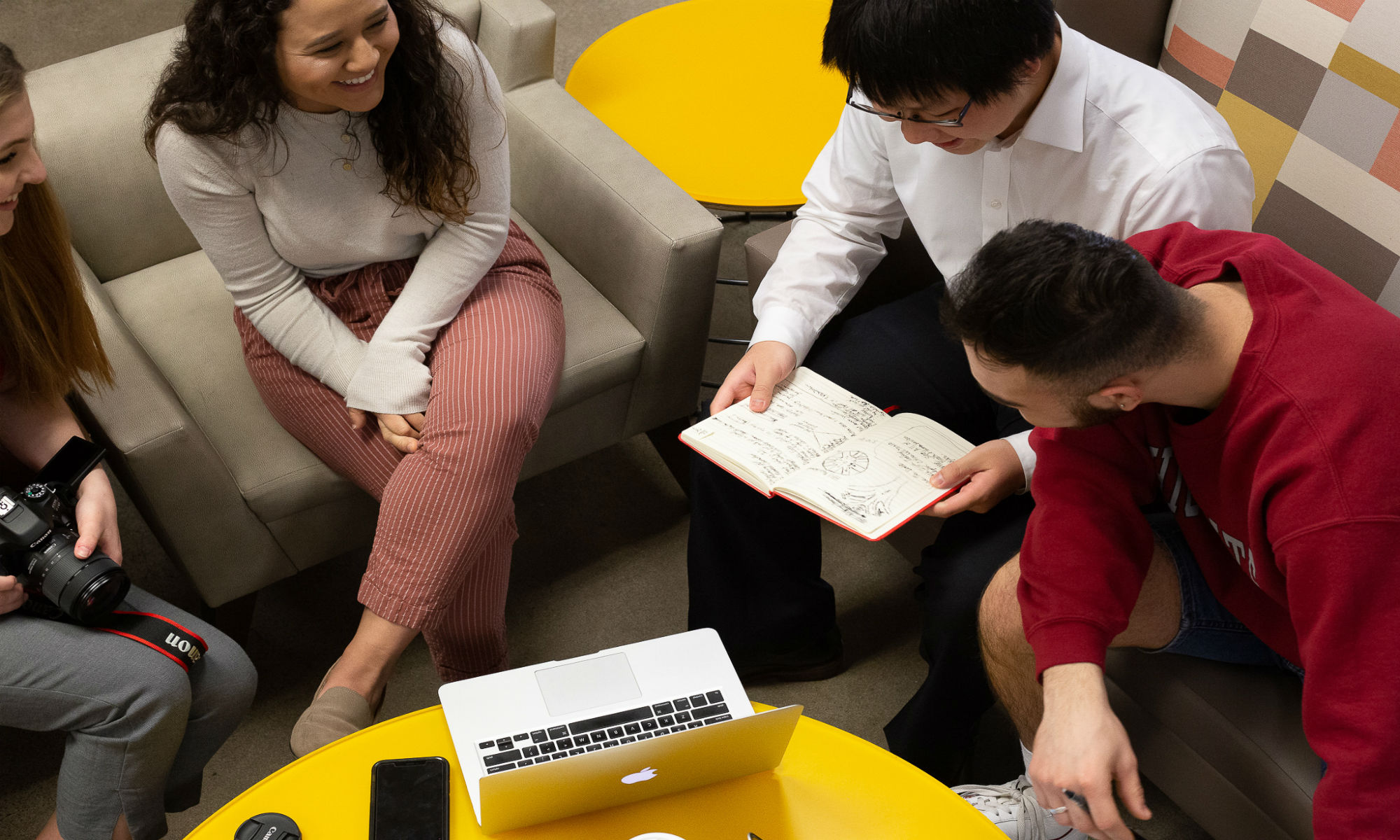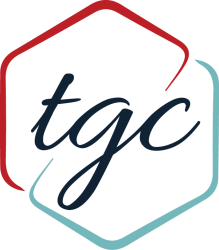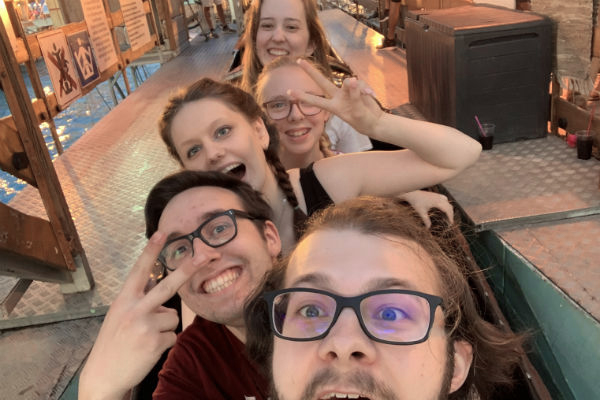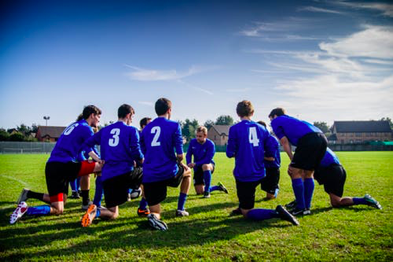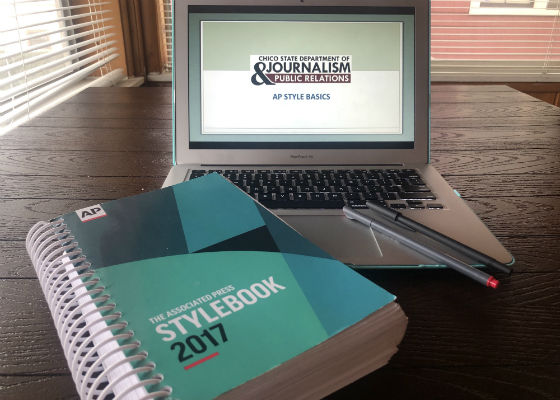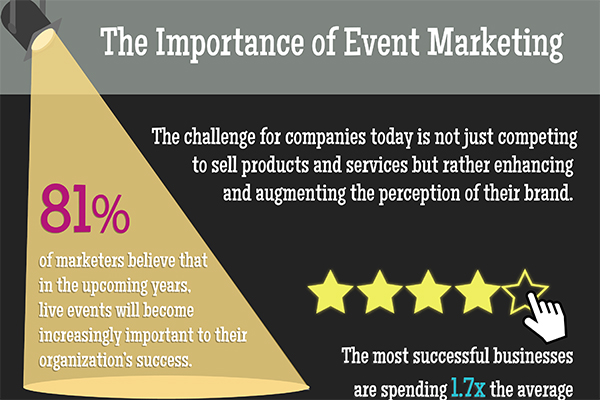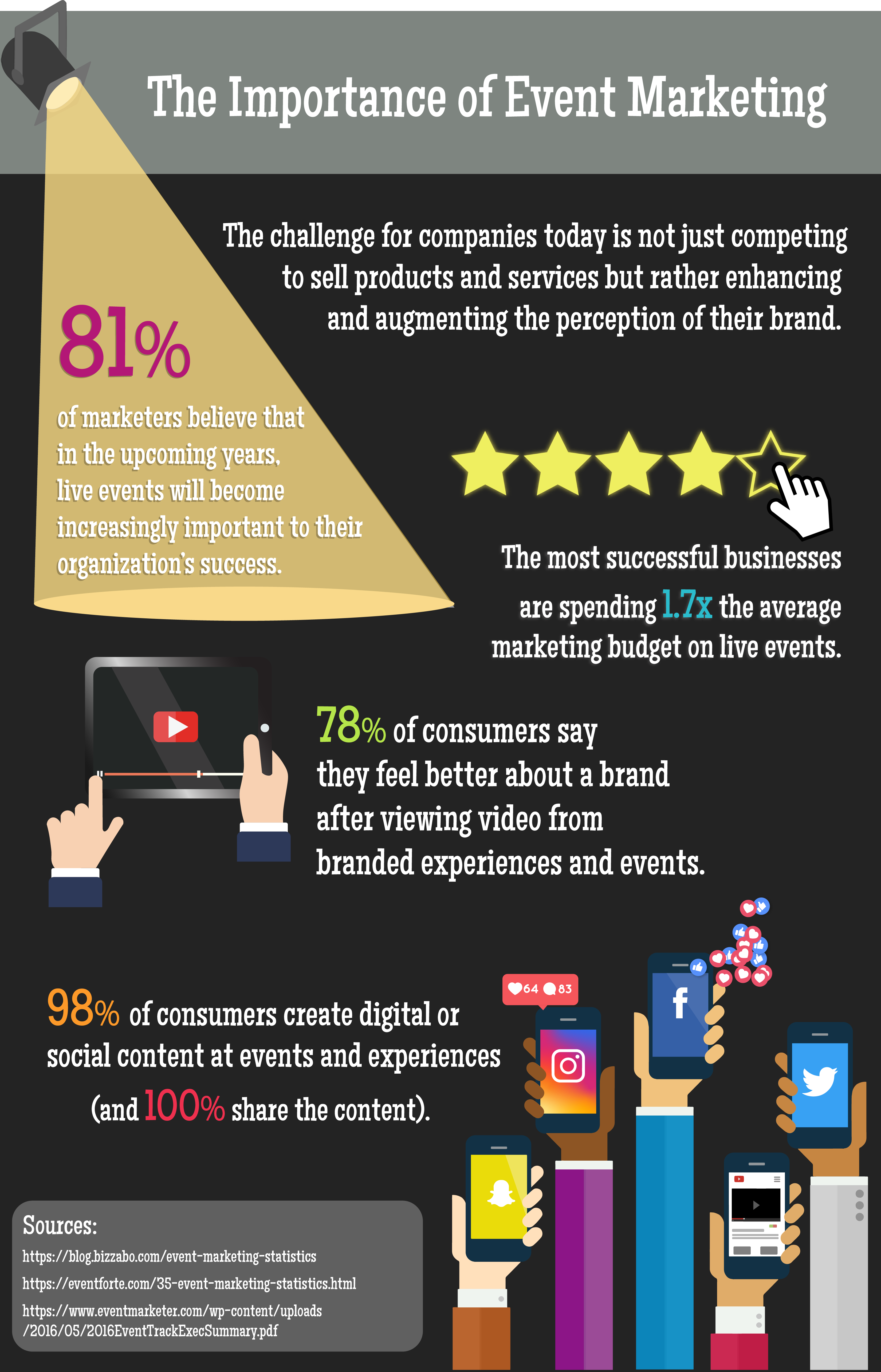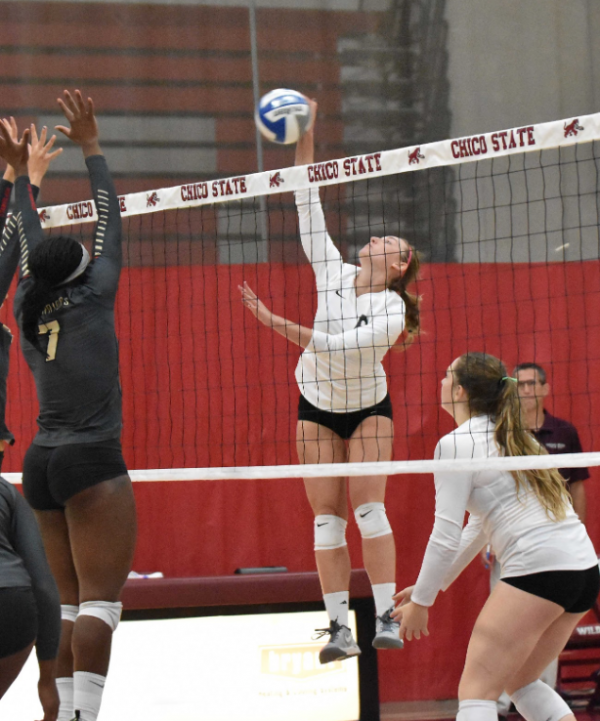When we graduate college, the feeling is bittersweet and surreal. The moment has finally come: walking across that stage, hearing your name be called to accept your degree and receiving all those great congrats from friends and family. After all of that is said and done, the question is this: what in the world do I next? Am I lined up for a job or paid internship? Do I go to grad school and further my education? Should I take a break and travel the world? All these questions are normal for recently graduated alumni. The world is a scary place but we’ve worked so hard to take it on. We’ve acquired the tools and resources as public relations practitioners to enter virtually any industry we desire. Reality sets in and now must merge ourselves into the real world. Here are tips and tools to land yourself a job pertaining to public relations.
Tip 1: Make yourself known on social media
Part of what we learned in public relations is that social media platforms are a big leverage in our field. Be active on Twitter, Facebook, LinkedIn and Instagram. Make sure you have a solid following and follow a good chunk of people. Post things outside of your life and get in touch with social media influencers, businesses, clients etc. It also wouldn’t hurt to create a blog that focuses on your passions. Use hashtags and good images to get an employer’s attention when he or she browses your socials. The more you grasp this, the better chance you have at landing a job.
Tip 2: Talk to alumni and fellow public relations practitioners
Being social and making friends in our field of work is a must. Rub elbows with anyone you come in contact with that’s in public relations. Ask questions, get contact information and even check if they have any openings in the near future. Also, while in school, make sure to make these connections while interning, making site visits, listening to guest speakers, etc. Make it a goal to have a long list of phone numbers, emails and business cards by the time you graduate to look back on and refer to.
Tip 3: Build up your resume and get more experience
In order to land a solid job, sometimes you have to work from the ground up. If it means getting into internships that are unpaid, freelancing, or even being an assistant to someone, give it a shot. You never know where those opportunities will land you someday. The more experience you have on your resume, the more impressed firms and agencies will be at your line of work. Also, don’t be afraid to explore your horizons and trying new things you’re not used to.
Tip 4: Apply, apply apply!
At least six months before graduation, make sure you get ahead of the game and start applying to job postings. Check every single day and make it a goal to apply to a couple a day. Being on a daily hunt will add up and someone will eventually will get back to you. Always check emails, posts from socials on who’s looking and staying active on LinkedIn.
Remember, it’s always best to stay on tasks and remaining optimistic. We’re all destined to greatness and taking on the public relations world. With these helpful tricks, you can network your way to a steady job that you love doing.
